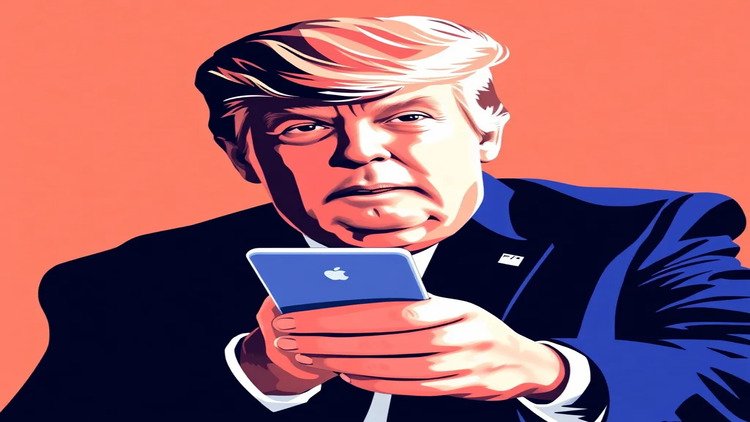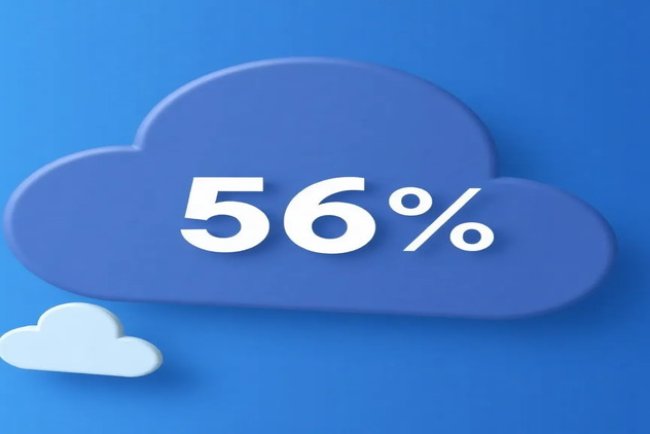How the FBI Accessed Trump's Would-Be Assassin's Phone
The FBI successfully accessed the smartphone of Thomas Crooks, the would-be assassin of Donald Trump, by collaborating with Cellebrite, an Israeli digital intelligence firm. Following the attempted assassination during a Pennsylvania rally, which resulted in Crooks' death and injuries to others, the FBI faced challenges due to the phone's newer model lacking existing access protocols. Cellebrite quickly developed a new software version, enabling the FBI to unlock the device in just 40 minutes. This incident raises significant concerns about privacy and the implications of law enforcement accessing personal devices.

The attempted assassination of Donald Trump during a Pennsylvania rally on July 13 was a tragic and controversial event, resulting in the deaths of the attacker, Thomas Crooks, and one attendee, along with several injuries, including Trump's notable ear injury. This incident raised numerous questions about the effectiveness of the Secret Service and sparked various rumors and allegations.
Republican lawmaker Mike Waltz claimed during the Republican National Convention that the would-be assassin had three encrypted overseas accounts and at least two phones.
FBI's Quick Access to Crooks' Smartphone
Recent reports reveal that the FBI utilized a controversial method to access Crooks' Samsung phone by collaborating with Cellebrite, an Israeli digital intelligence firm. Although U.S. law enforcement frequently employs Cellebrite's software to unlock suspects' devices, Crooks' case was more complex due to the newer Samsung model, which lacked a pre-existing program for access.
Cellebrite was able to swiftly develop a new, nonpublic version of its software, allowing the FBI to access the shooter’s smartphone in just 40 minutes.
Controversy Surrounding Law Enforcement Access
While obtaining critical information from suspects' phones may seem beneficial, especially in sensitive cases like an attack on a former president, the practice is contentious. Critics argue that allowing law enforcement easy access to personal devices poses significant privacy risks.
Apple has previously resisted creating backdoors for police access, emphasizing that such access could also be exploited by malicious actors. The issue is further complicated by the heightened surveillance many Americans have faced since the 9/11 attacks, as revealed by whistleblower Edward Snowden.
FAQ: FBI's Access to Trump's Would-Be Assassin's Phone
1. What incident prompted the FBI to access the would-be assassin's phone?
The FBI accessed the phone of Thomas Crooks, who attempted to assassinate Donald Trump during a rally in Pennsylvania on July 13. The attack resulted in Crooks' death, the death of an attendee, and several injuries, including an injury to Trump.
2. Who is Thomas Crooks?
Thomas Crooks was the individual who attempted to assassinate Donald Trump during a rally. His actions led to a tragic incident that raised concerns about security and law enforcement effectiveness.
3. How did the FBI gain access to Crooks' smartphone?
The FBI collaborated with Cellebrite, an Israeli digital intelligence firm, to access Crooks' Samsung phone. Cellebrite developed a new, nonpublic version of its software that allowed the FBI to unlock the device in just 40 minutes.
4. Why was accessing Crooks' phone challenging for the FBI?
Accessing Crooks' phone was challenging because it was a newer Samsung model that did not have a pre-existing program for law enforcement access, necessitating the development of new software by Cellebrite.
5. What are the implications of law enforcement accessing personal devices?
While accessing personal devices can provide critical information in investigations, it raises significant privacy concerns. Critics argue that easy access for law enforcement could lead to potential misuse and violations of individual privacy rights.
6. How has Apple responded to law enforcement requests for access?
Apple has historically resisted creating backdoors for police access to its devices, emphasizing that such measures could also be exploited by malicious actors, thereby compromising user security.
7. What broader issues does this incident highlight?
This incident highlights ongoing debates about privacy, surveillance, and the balance between national security and individual rights, especially in the context of heightened surveillance since events like the 9/11 attacks.
8. What was the reaction to the assassination attempt?
The assassination attempt raised numerous questions about the effectiveness of the Secret Service and sparked various rumors and allegations regarding security measures for public figures.
What's Your Reaction?















